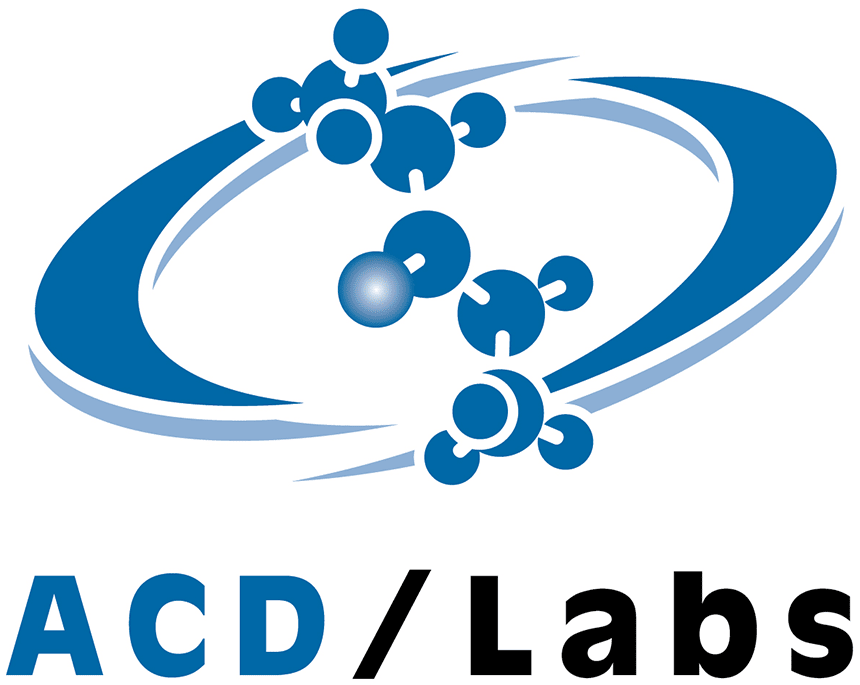
Contamination of the environment from petroleum hydrocarbons is of major concern from the perspectives of human health and natural ecosystem preservation. Crude oils and refined products are highly complex mixtures containing a wide range of hydrocarbons, as well as compounds containing oxygen, sulfur and nitrogen. The ubiquitous use of petroleum products means there are now multiple ways in which these compounds can enter our environment, so efficient methods are required to monitor their fate, the risk to human health and to plan appropriate remediation strategies.
The lower-molecular-weight hydrocarbons (e.g., BTEX – benzene, toluene, ethylbenzene, xylene isomers) are extremely mobile within the environment and as such, undergo leaching into ground water sources with greater readiness than higher-molecular-weight species.
Risk-based methods have been established for the analysis of total petroleum hydrocarbons (TPH) in environmental media, including those from the TPH working criteria group,[1] the UK Environment Agency[2] and Massachusetts Department of Environmental Protection.[3] These methods state that the aliphatic and aromatic volatile petroleum hydrocarbons (VPH), typically in the range of C5–C10, must be characterised.
Current methods accomplish this through headspace and/or purge-and-trap techniques coupled with one-dimensional gas chromatography (GC) and detection by flame ionisation detection (FID), photo ionisation detection (PID) or mass spectrometry (MS). However, such techniques are subject to inherent bias due to co-elutions between non-petroleum hydrocarbons and the petroleum hydrocarbons of interest, resulting in quantitative values that either overestimate or underestimate the target compounds.





